As we all know, there are "three major components" in the car: engine, transmission, and chassis. These three components have the highest technical content and are the most core parts of the car, while their prices are also the highest, together accounting for more than 60% of the car price. The technical sophistication, reliability, and tuning capabilities of the manufacturer directly determine the performance of the car.
We are all familiar with engines and transmissions, which can be seen by opening the engine compartment and are usually combined together to be collectively referred to as the car's powertrain. But for what is the chassis, many people are not clear. Some people say that the suspension of the car is the chassis, some people say that the bottom of the car is the iron plate is the car chassis, and others say that the car in addition to the engine transmission body belongs to the chassis, etc., who is right? The following we will explore in detail, the chassis of the car is what exactly refers to, the so-called chassis tuning, and what is going on.
First of all, we should be clear that the so-called "car chassis" does not refer to a single component or assembly, but refers to a larger system on the car, which is a combination of the transmission system, driving system, steering system, and braking system, with support, installation of the car engine and other components assembly, bear the transmission of Engine power, support the weight of the whole car and achieve walking, control the car driving direction and driving speed, manipulate and control the body attitude and driving status and other functions to ensure the normal and safe operation of the car. The chassis of the car is the foundation of the car, and the overall shape of the car is also determined by the type of the chassis.
The body structure of the car can be divided into two kinds of load-bearing body and non-load-bearing body, and their chassis structures are also different. Early cars and now trucks, etc., are non-load-bearing body structures, there is a huge and strong frame, almost all the parts on the car are installed in the frame, it is the basis of the car chassis, the so-called chassis refers to all the parts on the car in addition to the engine and body; and now cars and SUVs, basically non-load-bearing body structure, all the parts on the car are directly or indirectly installed in the body, the so-called chassis refers to the suspension system, steering system, and braking system.
Let’s take a look at what the specific parts of the chassis are:
1. Transmission system: The transmission system mainly consists of a clutch (or torque converter), transmission (manual, automatic), universal transmission, and drive axles, which can also be said that: from the clutch (or torque converter) all the way to the drive wheels, all the parts in between, belong to the transmission system. Its main role is to reduce and increase torque, variable speed torque, reverse, interrupt the power transmission of the transmission system and inter-wheel differential speed, and other functions.
transmission system
For a rear-wheel-drive car, they are arranged in this order; for a front-wheel-drive car, its transmission and drive axle are combined into one, collectively called the gearbox, and usually, the engine and transmission are collectively called the powertrain of the car. Here a paradox is formed: the three major parts of the car are the engine, transmission, and chassis, but the transmission is included in the drivetrain and part of the chassis, according to this classification, there should be only two major parts on the car: the engine and the chassis. Therefore, now we say that the structure of the car, generally said that the car is composed of four major parts: engine, chassis, body, and electrical and electronic equipment, the three major parts of the statement are actually based on the truck, has been somewhat outdated.
2. Driving system: The driving system of the car is composed of the frame, axle, suspension, wheels, and tires. Its role is to accept the engine torque from the transmission system and generate driving force to drive the car; bear the total weight of the car, transfer and withstand the reaction force and torque of the load acting on the wheels in all directions; bear the impact and vibration of the various forces and moments given to the car from the outside world, and make it buffer and damp, to ensure the smoothness of the car driving and handling stability; work in coordination with the steering system to control Coordinate with the steering system to control the driving direction of the car; coordinate with the braking system to ensure the safety and stability of the car.
For non-load-bearing body, it has a huge and strong frame, the car driving by the various forces are ultimately undertaken by the frame, the suspension system can use very stiff steel springs, poor comfort but can withstand a lot of weight, or the use of rigid independent suspension; for the use of load-bearing body cars and SUVs, it does not have a frame, driving system in all parts Ultimately are installed in the body, the car driving by the various forces are ultimately undertaken by the body, the suspension system is mostly used more comfortable independent suspension, in order to enhance the rigidity of the chassis system, the suspension system and the body usually use a subframe to connect.
The driving quality of the car, or handling, is mainly determined by the car’s driving system, in which the suspension system plays a vital role. Most of the cars use independent suspension, structure type MacPherson type, double-wishbone type, multi-link type, etc., and then supplemented by different cushion springs and dampers, the car’s handling will be very different. In particular, the suspension system in the car steering support and deformation, the car’s handling impact is great, so that the chassis of the car mainly depends on the suspension, there is a certain amount of truth.
3. Steering system: the total dedicated mechanism used to change the driving direction of the car is called the car steering system, which is mainly composed of a steering manipulator (steering wheel, steering column, etc.), steering rack, steering transmission mechanism (cross, smooth tie rod, steering ball head, etc.), steering power mechanism (steering pump, steering motor), etc. The function of the steering system is to ensure that the car can drive straight or steer according to the driver’s will. It cooperates and coordinates with the suspension system of the car, which directly affects the handling of the car.
Nowadays, most of the steering systems of cars have power-assisted devices, generally, there are two kinds hydraulic power-assisted and electric power-assisted. The electric power steering system is mostly used in passenger cars, which has the characteristic of steering with speed and can make the car have better control, but its disadvantage is that the power is smaller; while the hydraulic power steering system is mostly used in trucks and off-road vehicles, which has larger power and more stable and reliable performance, but the disadvantage is that it increases the engine load and cannot change the size of the power with the speed of the car.
4. Braking system: automobile braking system is a series of specialized devices that can produce a braking force on the car, which is mainly composed of a brake pedal, brake master pump, brake sub-pump, brake pipe, wheel brakes, and so on. Its main function is: to make the car slow down or stop in the shortest distance as needed to ensure driving safety, and to make the driver dare to play out the car’s high-speed driving ability, so as to improve the productivity of car transportation; and can make the car reliably parked on the ramp.
The braking system is undoubtedly the most important active safety device in a car. It can be broadly divided into two types: hydraulic braking system and pneumatic braking system. In order to enhance the braking effect, or to maintain the stability of the body when braking, various braking assistance systems have been developed on cars, such as ABS, ESP, EBD, ASR, TCS, HAC, AUTO HOLD, HDC, BOS, etc. They are essential for maintaining the safety of the car.
Therefore, the chassis of a car is the general term for a series of parts that support the car’s movement and control its driving status. In our most common cars, adding to the engine, body, and electrical system in addition to all the parts can be attributed to the category of chassis. In this regard, we are most likely to misunderstand is the bottom of the car that has a large iron plate as the car chassis, in fact, it is part of the car body, not the chassis. And what we usually call scraping the chassis, chassis rust, etc., all refer to this bottom plate.
Generally, different models of chassis structure are also different, some models so-called use the same chassis as a certain model, in fact, is the same transmission, suspension, steering, and braking system with a certain model; some models are developed on the basis of certain chassis, that is, the original chassis as the basis, in the local made some changes, such as the car chassis suspension is raised, it can be developed into an SUV model.
However, we will also have a feeling that even with the same chassis of different models, their driving experience is different, such as the hard and soft suspension, the feel and precision of the steering system, the height of the brake pedal, the height of the clutch pedal, the car when cornering sway… And so on, why is this? This involves a crucial technical process in the design and manufacture of the car: chassis tuning
The so-called chassis tuning usually refers to the suspension system, steering system, braking system, and other chassis system settings, the ultimate goal is to make the various parts of the car chassis achieve relative unity so that it has a certain degree of relevance and integrity. Chassis tuning is a very complex system engineering, it is not just a patchwork adjustment after the car is manufactured, but is involved in the whole process of car design and manufacturing, which can be divided into three stages: early development, mid-development, and late development. The parameters of each system are adjusted according to the positioning of the model, the environment of use, and the habits of the target customers.
For example, nowadays, the ordinary family car is basically the pursuit of comfort, so its suspension system should be adjusted to be softer, better shock absorption, road feel is not very clear, and the steering system is adjusted to be lighter, with better safety understeering characteristics, and the brake system is adjusted to be sluggish; while for the performance car, it is the pursuit of good handling, so the suspension system should be harder, the steering The system feels heavier and more accurate, and the braking system is more responsive, etc. And some more advanced models, in order to achieve comfort and good handling of the unity, but also the use of active suspension system, according to the speed and road conditions, automatic adjustment of the suspension system soft and hard and steering system feel, etc.

It can be said that the chassis tuning is the most test of the strength of the plant, even if the same structure of the chassis, different manufacturers will tune out different styles and driving characteristics, and different chassis tuning will produce a different character of the model. It requires a wealth of experience and a lot of original data accumulation, as well as a variety of feedback data in the use of the car and so on, so it is not a short time to form the technology, but the car companies dozens or even hundreds of years of technical accumulation. Therefore, some of the old car companies’ chassis tuning skills are very good, such as Citroen, which uses the torsion beam suspension system and has even better performance than some multi-link suspension systems.
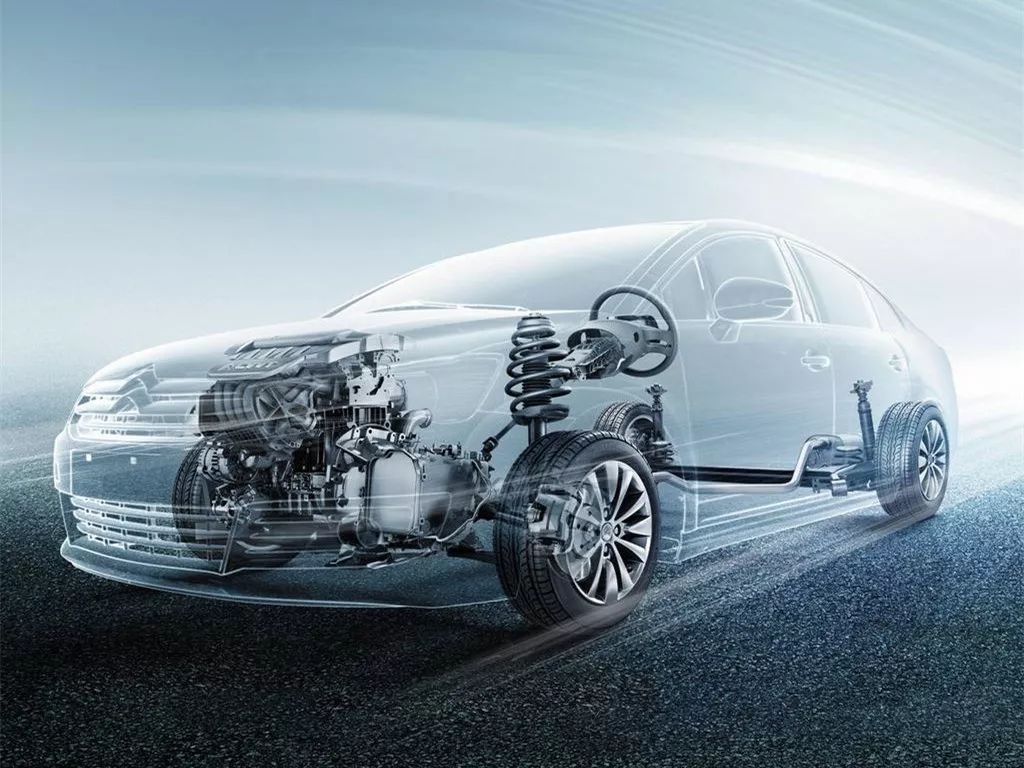
It should be said that the chassis of the car is a very complex system of technology on the car, its structure, and tuning techniques are even more complex than the engine and transmission. For the domestic brands at this stage, they may be able to manufacture their own engines, can develop their own transmission, but no car companies can develop and tune a complete set of chassis systems, even if they can be completely reverse a model chassis, due to the lack of post-tuning power, the performance of this chassis and the prototype car is far from the same. Therefore, now more independent brands are directly using the chassis system of certain joint ventures, the road to independent research and development is distant and heavy.

(We do not share your data with anybody, and only use it for its intended purpose)
The Previous Articles:
What Is Rack and Pinion Bushing? How To Tell If Rack and Pinion Bushings Are Bad?
Why Steering Rack Makes Noise When Turning?
How To Rebuild A Steering Rack?
What Is A Rotary Valve Power Steering Rack?
Rack And Pinion System Vs Power Steering System: What Are The Differences?
Power Steering Rack Market Analysis Report (Japan Market)
What Causes Steering Rack to Go Bad?
Design Of Car Rack And Pinion Steering Racks
What Is The Intelligent Steering Rack Used By VW, Toyota, Honda And Renault?

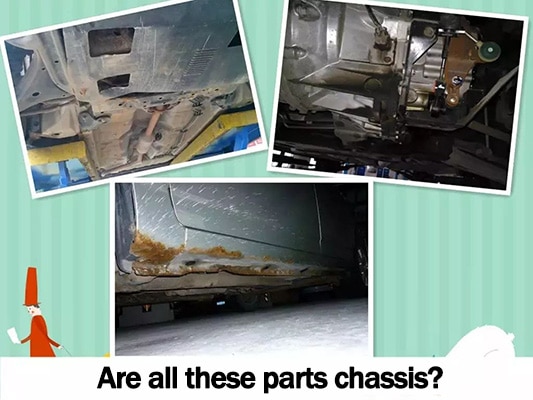
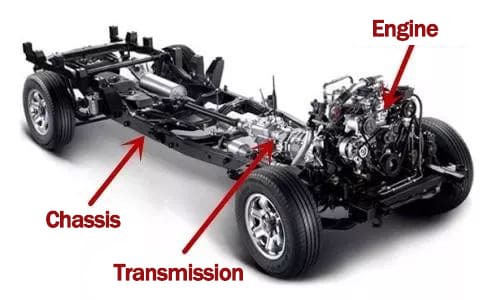
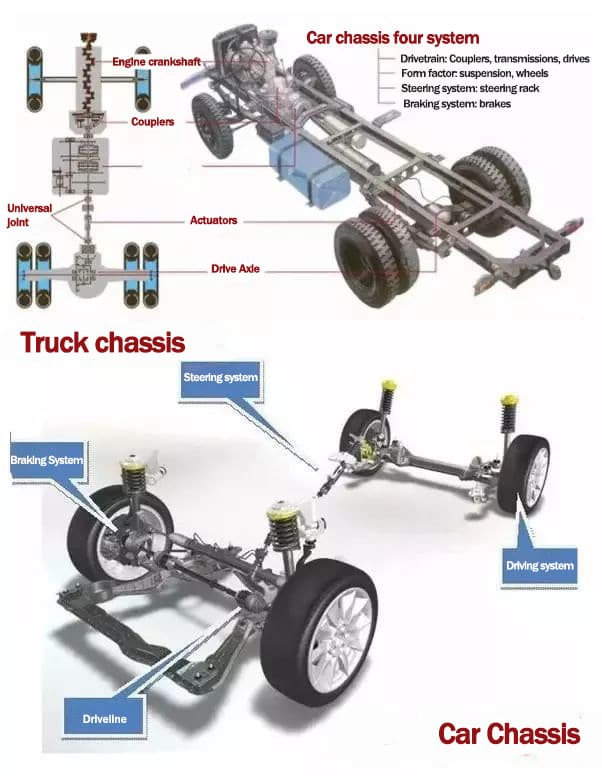
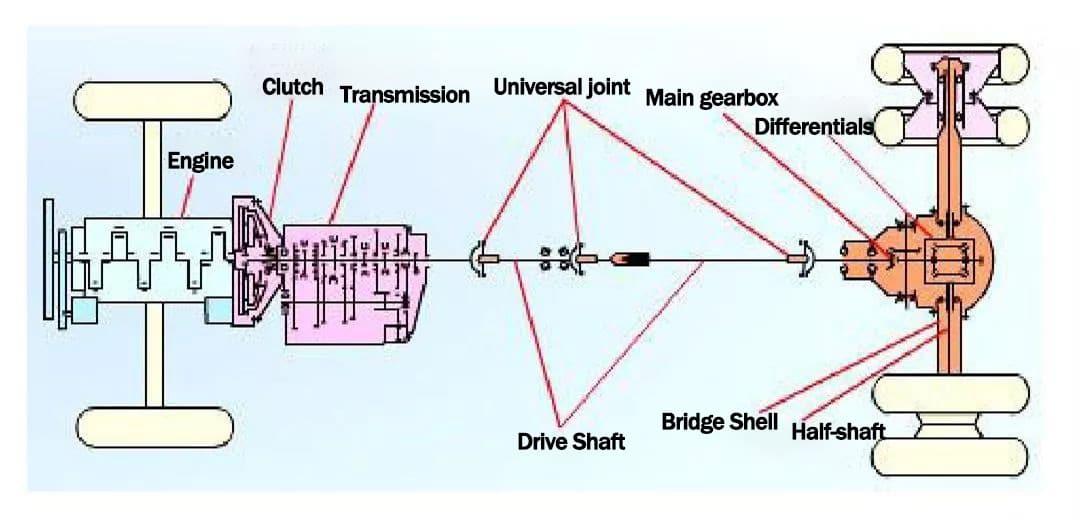
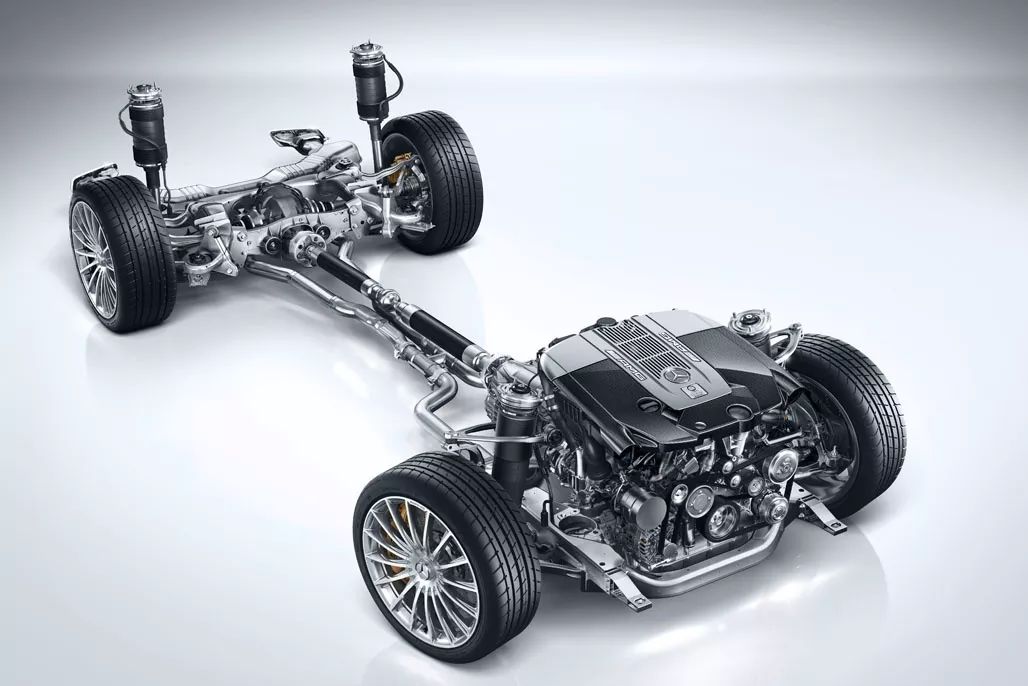
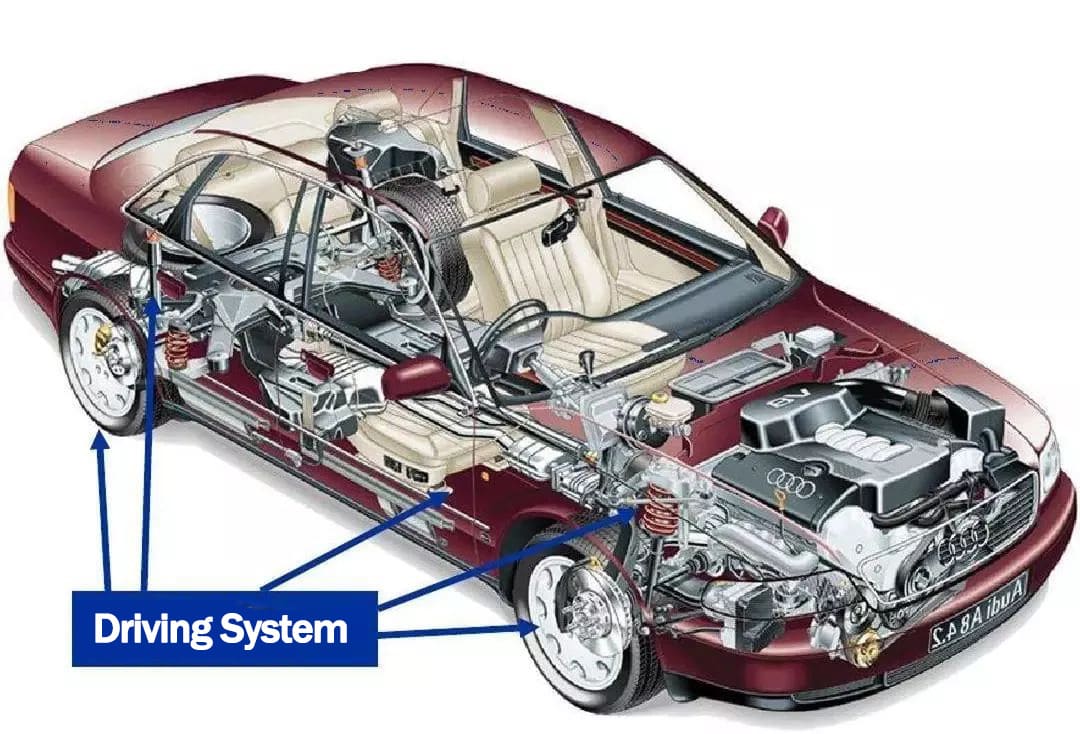
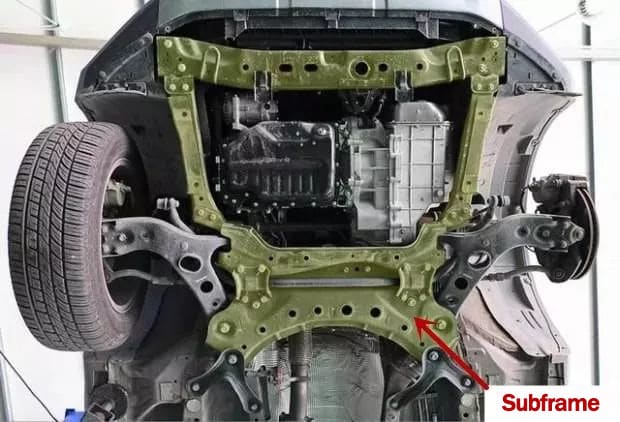


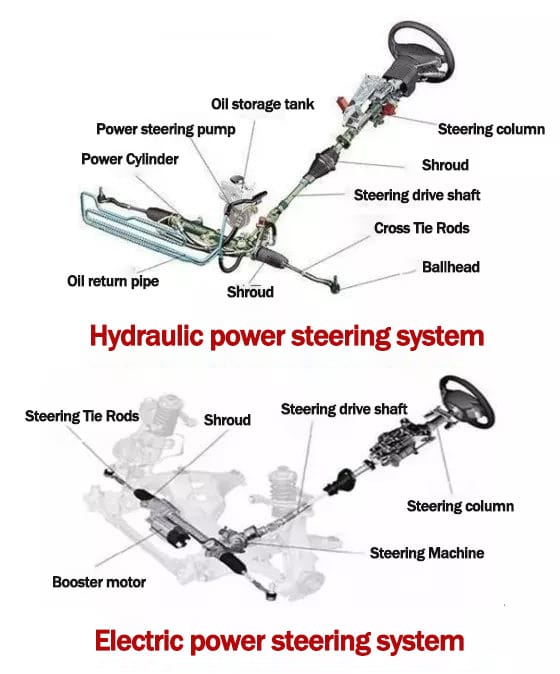
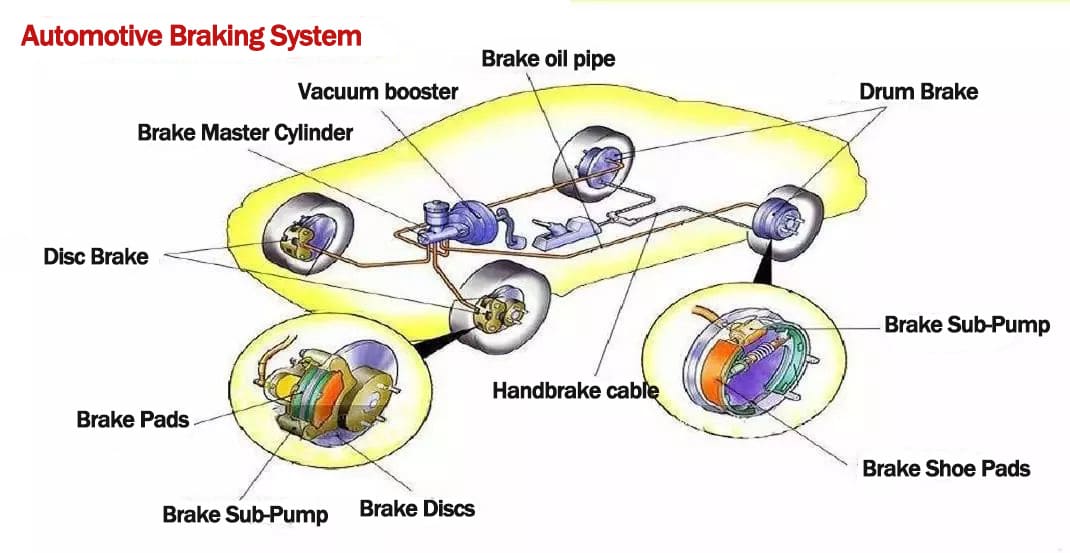


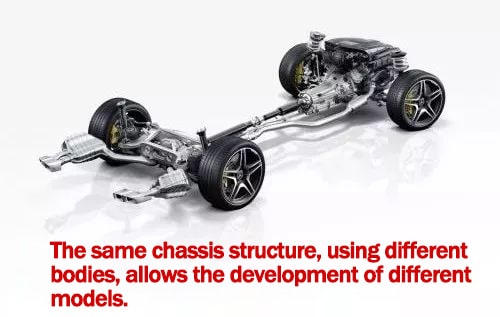
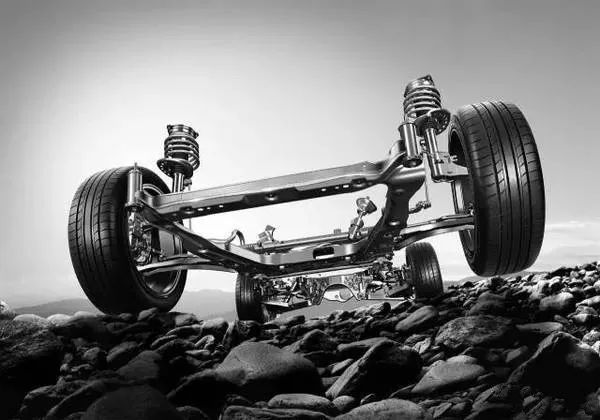
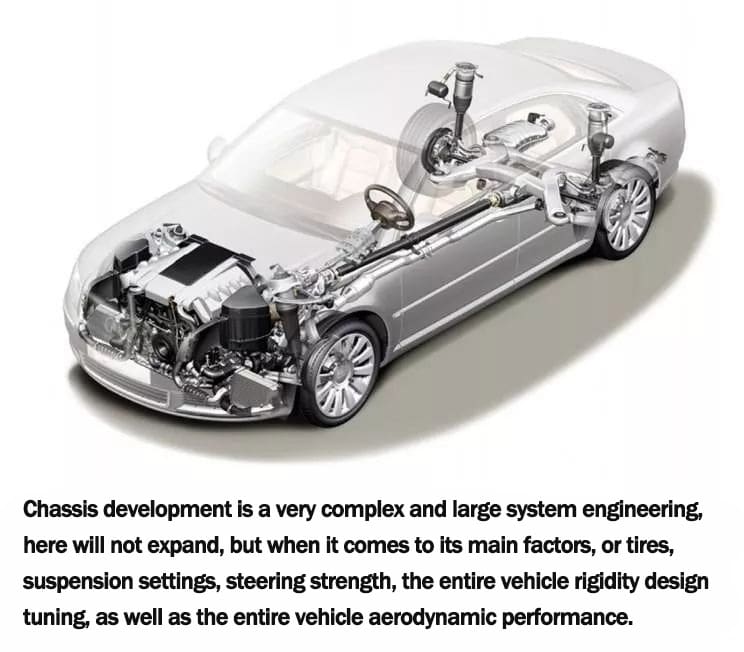
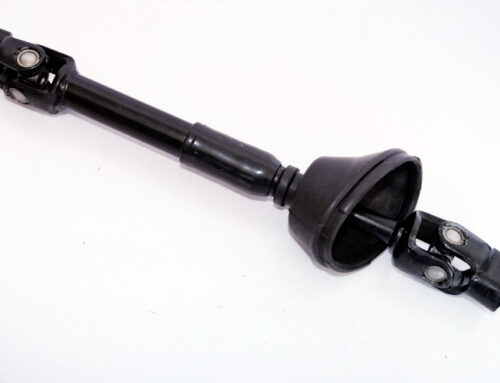
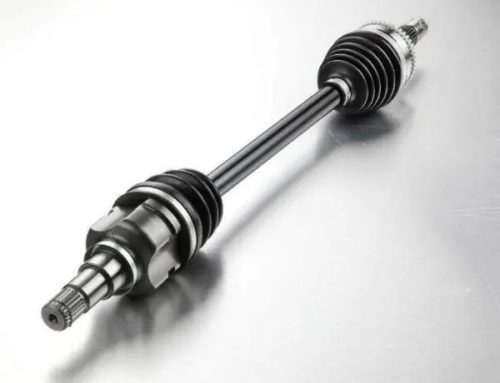
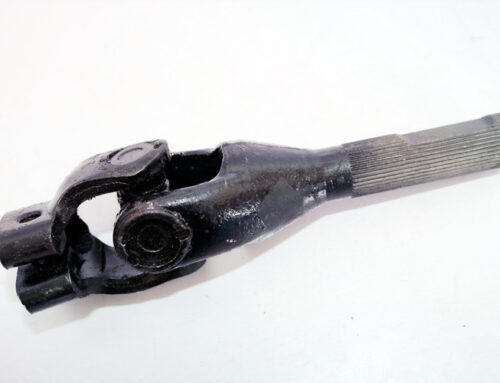
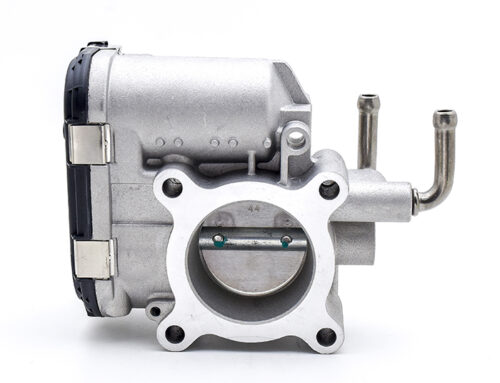
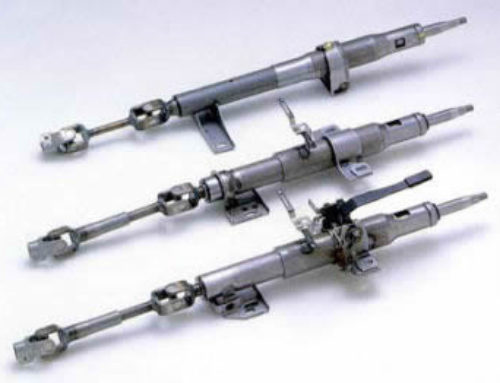
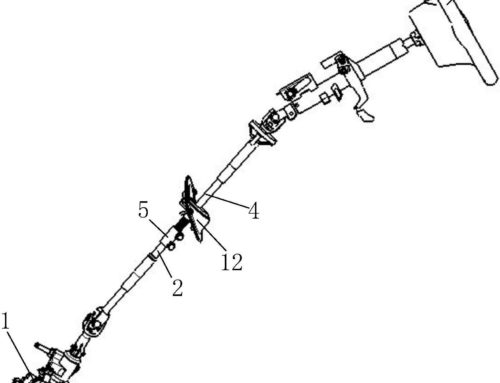
Leave A Comment